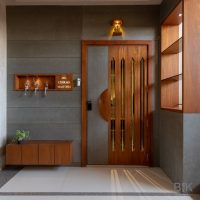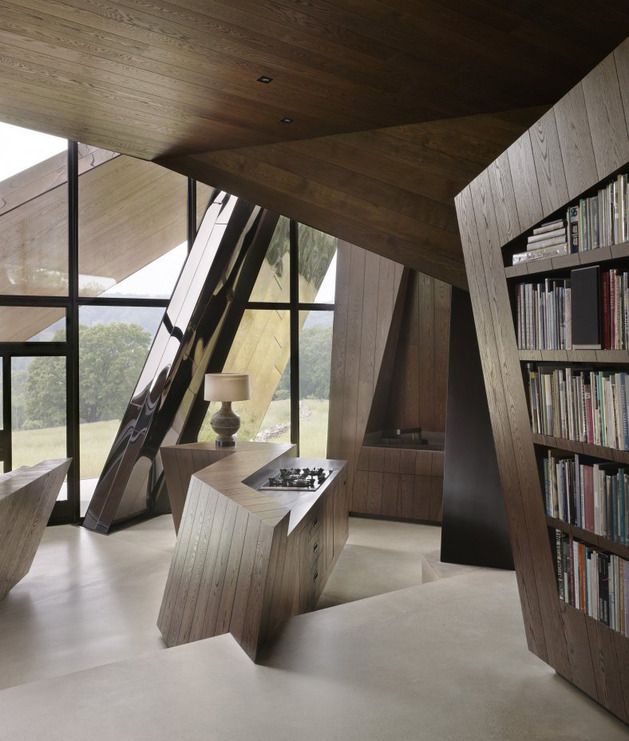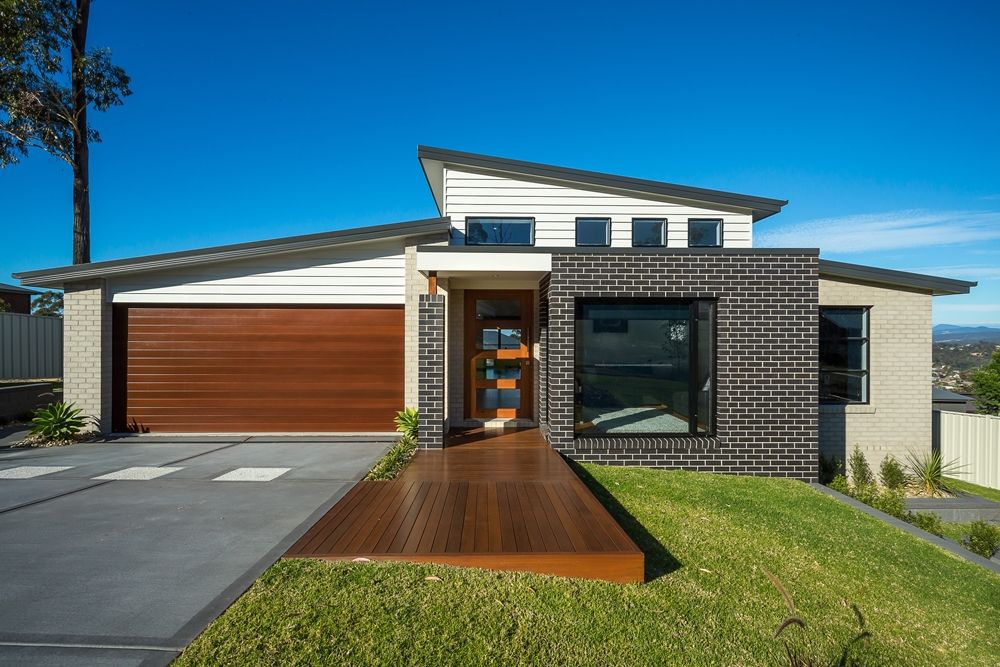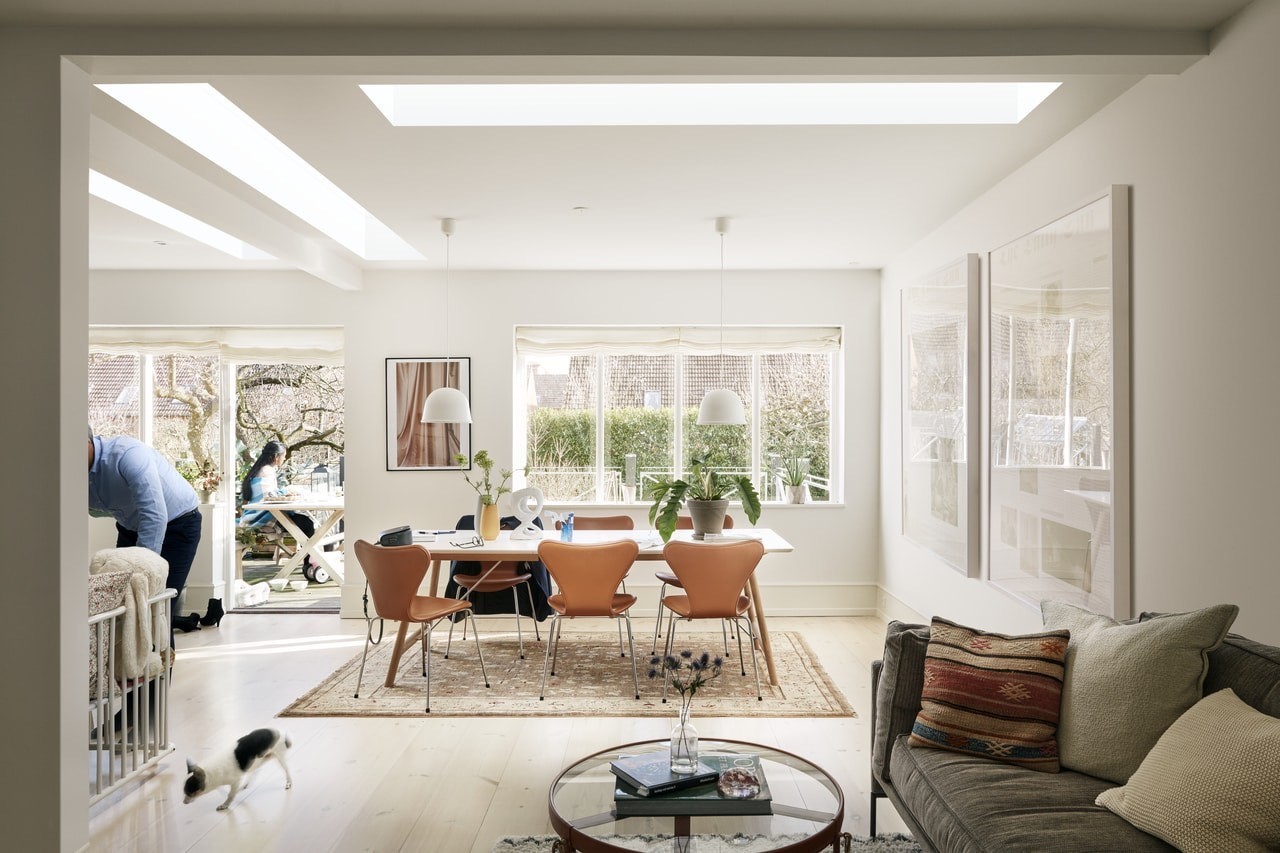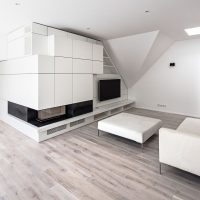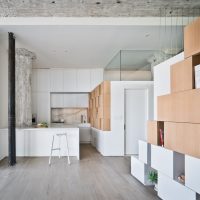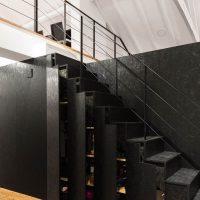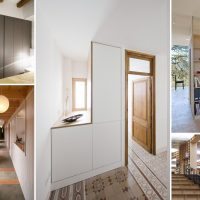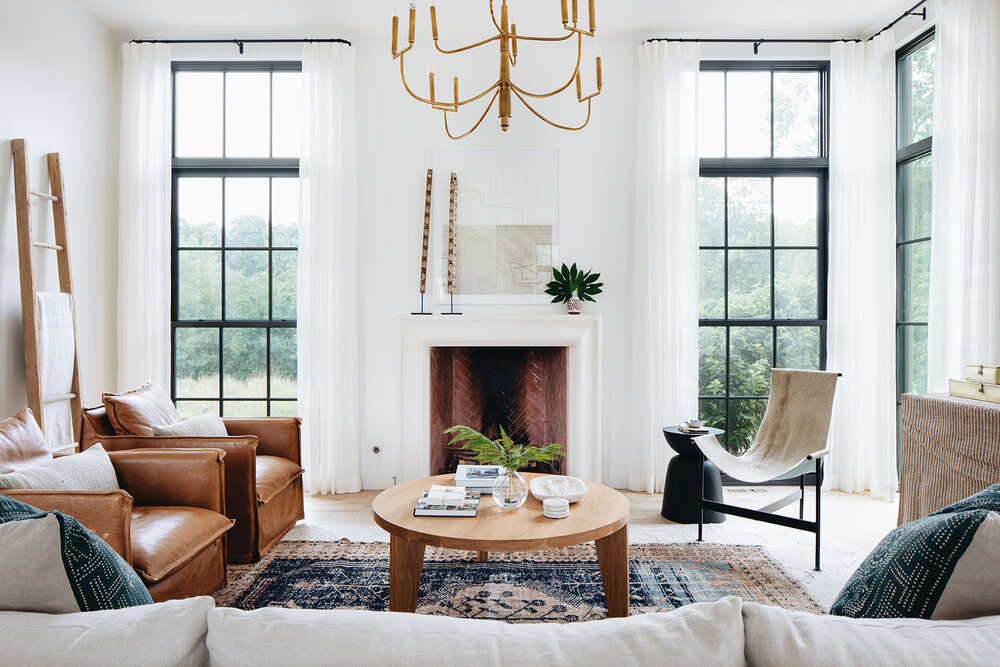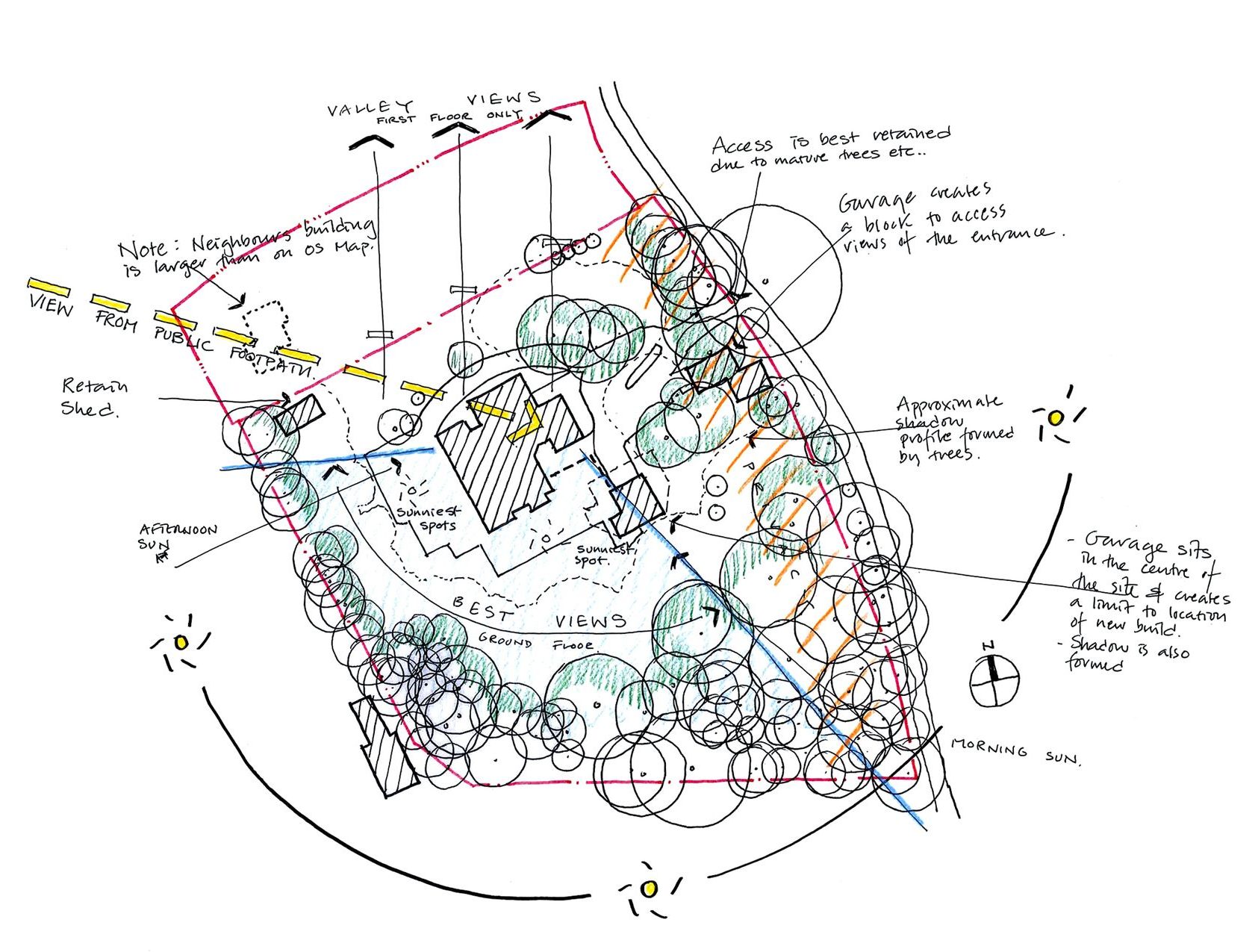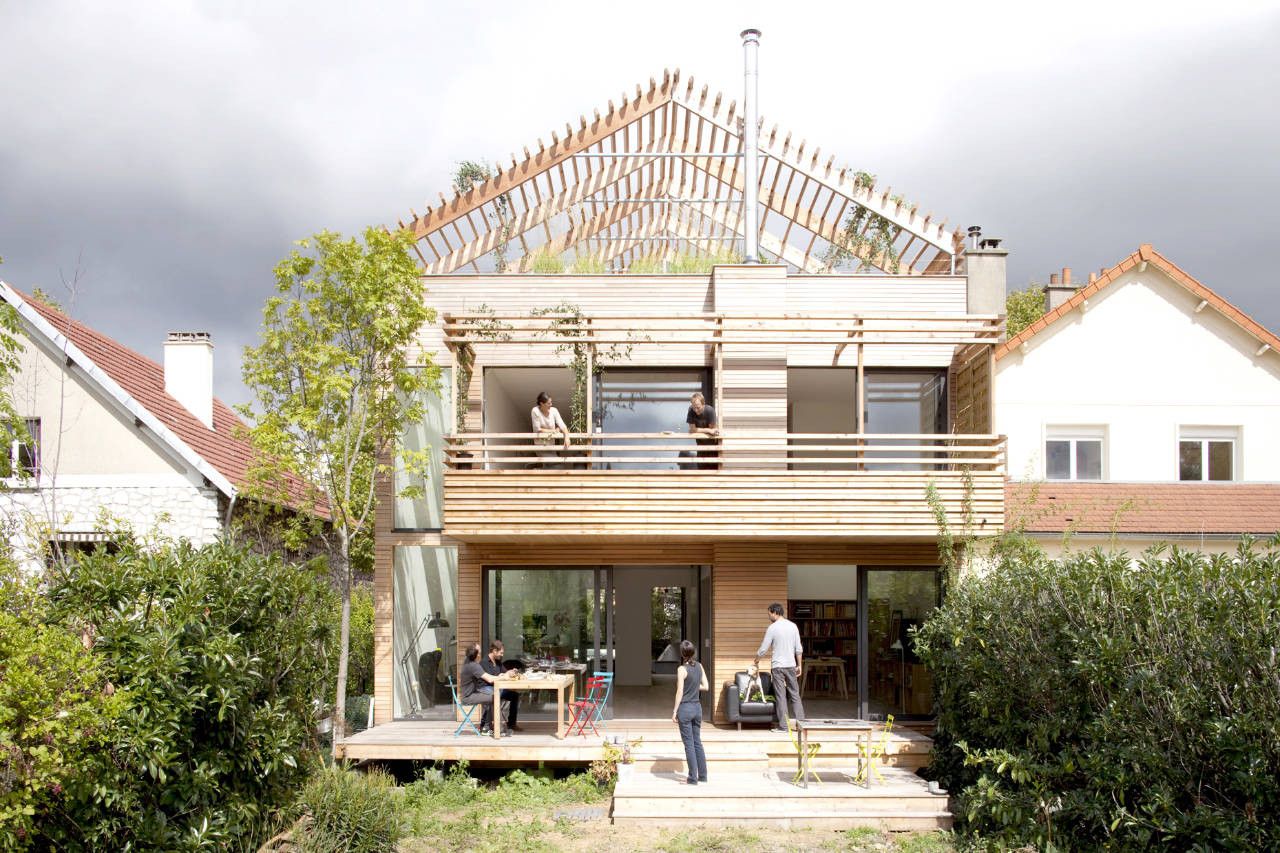Houses are where we spend most of our lives’ time. They are where we interact with our families and loved ones. They are where we relax, eat, and sleep, but they are also where we host our guests, study, and maybe do our freelance business. Given how much a house means to its inhabitants and to what extent it influences their lives, its design should be given extra thought, time, and care. Also, Sometimes you wish you can see floor plans of homes from your favorite TV shows or apartments you loved watching so much. After all, there is a reason why your first studio project at architectural school was, probably, to design a house. If you are designing a house for the first time, then check our 10 Common Mistakes to Avoid When Designing House Floor Plans. And if you are already in the business, then double checking could never hurt.
10 Common Mistakes to Avoid When Designing House Floor Plans
1. Not including an entrance lobby
Some designers forget or disregard the entrance lobby and directly open the main entrance door to the living spaces or guest reception. This could be uncomfortable for the residents who find themselves in company with every stranger on the door; no privacy considered.
- Photo via homeanddecor.com.sg
- Photo via thearchitectsdiary.com
- photo via reginasturrockdesign.com
2. Designing angular walls
This is no Daniel Libeskind business. A house is meant to be cozy and congenial, not a tormenting experience or a state of the art. Angular walls could make the inhabitants feel distressed and confined. They are also hard to furnish and clean.
3. Not carefully considering garage placement
What do you use a garage for? Park the car, then take the grocery bags to the kitchen. Oh yes! And keep the lawnmower, a ladder, some trash cans, a toolbox, and old stuff. Are those things one cares to show to visitors? No? Then, don’t open the garage on the main façade. And unless residents don’t mind carrying around the heavy grocery bags for extra weight training, keep the garage close to the kitchen.
4. Not opening enough windows
Don’t underestimate the reviving effect of fresh air breeze and early morning sun rays, coming through the “correctly-placed” and “sufficient” windows of the bedrooms, living, and dining spaces. Even a naturally lit kitchen can work miracles on the mood of the whole residing family.
5. Disregarding Storage Space
Storage spaces are not meant to be only placed when there is an extra space with no seeming alternative use. Where do you keep the sweeper, the broom, and the ironing table at your home? At that unused corner of your bedroom or inside the already cluttered bathroom? And you are wondering why you are depressed. This is what storage spaces are for! Small but necessary.
- Photography by © Roland Unterbusch
- Courtesy of SABO project
- Photography by © Hey! Cheese
- Photography by © João Morgado
- Photo via archdaily.com
6. Not considering the furniture size
If the client is moving into the new house you are designing and keeping all or some of the old furniture, then you should take measurements before hands and design accordingly. Your clients wouldn’t want to end up throwing away their furniture because it didn’t fit.
7. Not studying proportions
Now, your clients are a newly married couple, and they have yet to buy the furniture. They are checking the shops for a living room set, but it doesn’t seem like anything would fit although the area is big. That’s probably because you messed up the proportions. A 20-square-meter (215sqft) living space is more than sufficient, but if the dimensions of this space are 2.5×8.0 meters, would it still be?
8. Neglecting the residents’ lifestyle
The clients’ lifestyle and habits should reflect on the design of their house floor plans in one way or another. A dining room for a family that values gatherings and mealtime wouldn’t be the same as one for a single inhabitant. However, that single inhabitant could need adequate office space to run his/her own business.
9. Overlooking site conditions and aspects
Designing the house floor plans without the consideration of different site aspects is a waste of money and land value. Site analysis comes before design. Recognize where the pleasant winds come from and how the sun moves around your plot, then place the bedrooms, living spaces, and services accordingly. If the site is adjacent to a noise source, then a buffering space and a mass of trees could help
10. Not Designing Green
Eco-friendly design is no longer an option, and there are numerous ways to achieve in residential design. A right house orientation could save its owners a lot of energy and money spent on artificial lighting and ventilation. Careful placement of windows and doors, as well as the sizes of the windows, could also make a difference. Study your options!
There you go! Avoid these mistakes and take a few steps closer to the perfect house floor plan design.



